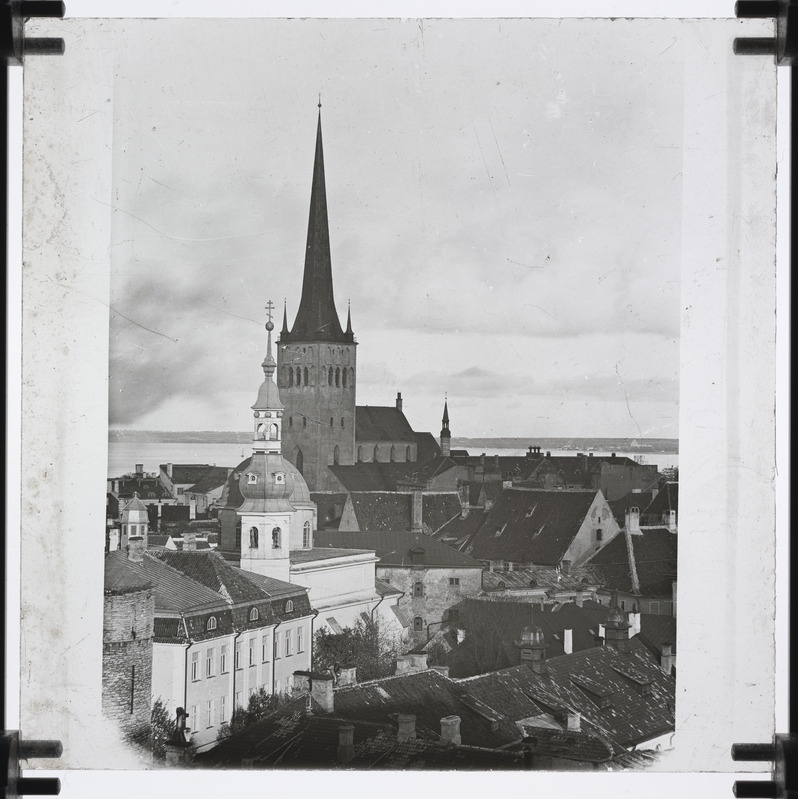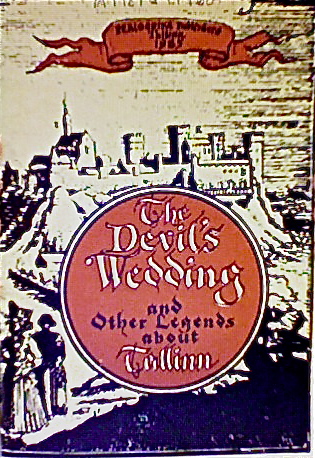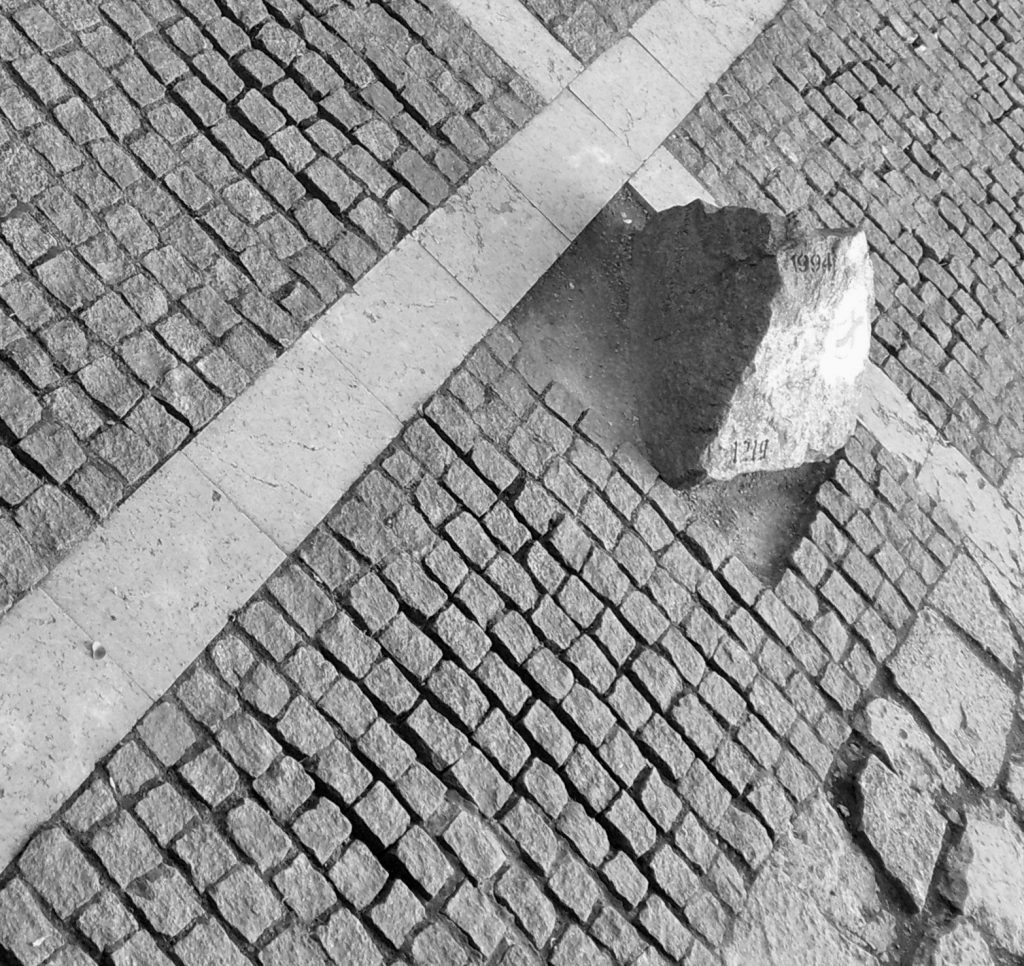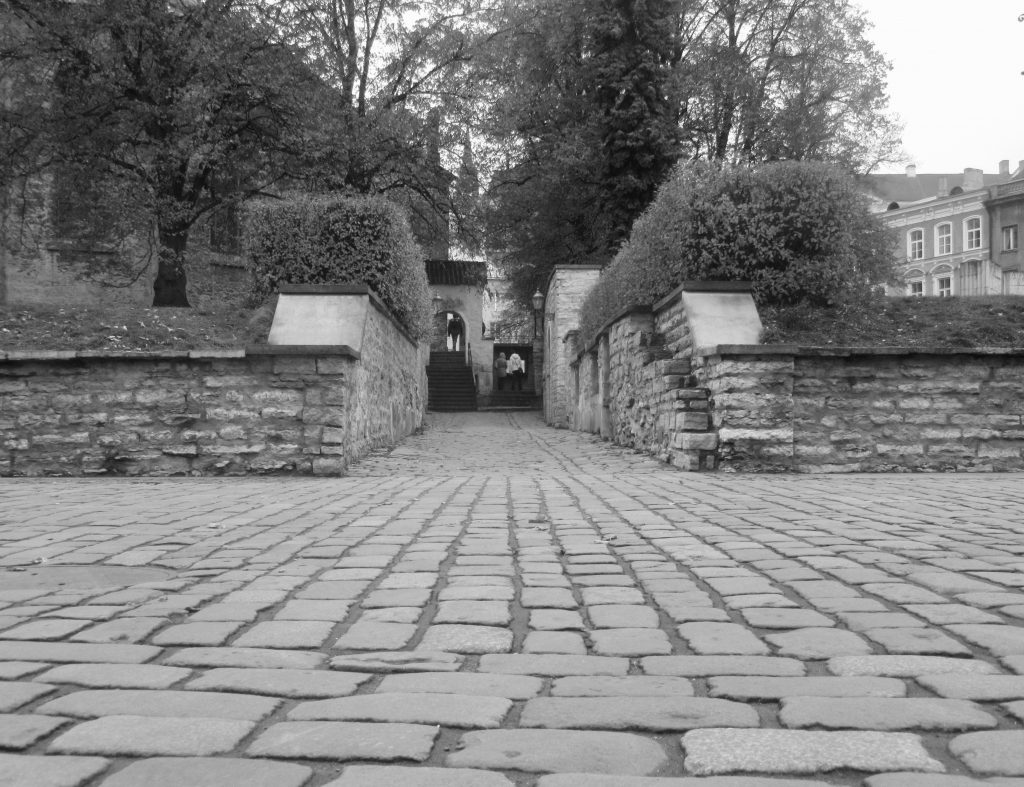When you think of big city fires, the Great Fire of London in 1666 might be the first thing that comes to mind. But did you know that Tallinn had its own massive blaze? more “Hidden History: The Great Toompea Fire (1684)”
Tag: Old Town
St. Olaf’s Church: Tallinn’s Tower of Fire, Myths, and the KGB
Tallinn’s St. Olaf’s Church (Oleviste kirik) is more than just a pretty church. It’s a place of record-breaking heights, mysterious legends, and Cold War espionage. more “St. Olaf’s Church: Tallinn’s Tower of Fire, Myths, and the KGB”
The Legacy of the 1980 Moscow Olympics in Tallinn: Soviet Architecture
The Moscow Olympics of 1980 were not just a global sporting spectacle; they were an opportunity for the Soviet Union to showcase its architectural prowess. Tallinn played its part in this grand narrative as the host city for the sailing events. more “The Legacy of the 1980 Moscow Olympics in Tallinn: Soviet Architecture”
9 travel tips to help you explore Estonia like a real traveller
How can I make the most of my time in Estonia and have a real adventure? Good question.
Here are nine tips I’ve developed during my time in Estonia that I believe will help you to explore the city like a real traveller. more “9 travel tips to help you explore Estonia like a real traveller”
Hidden Tallinn Tours {Reviews and Testimonials}
My favourite part of giving tours of Tallinn is undoubtedly the people that I get to meet. Many of these travellers come here to immerse themselves in a new culture more “Hidden Tallinn Tours {Reviews and Testimonials}”
Alternative Tallinn Travel Guide: Discover the real Hidden Tallinn
More than ten years of knowledge and experience, in one place. Here is my Alternative Tallinn Travel Guide.
more “Alternative Tallinn Travel Guide: Discover the real Hidden Tallinn”The Old Town Pervert
The Old Town rewards the eagle-eyed traveller. From the Devil’s Wedding to the ‘L’ in the Old Town Square, hidden stories permeate this town. For those in the know (or, to be more accurate, those who read this blog), the sheer volume of Myths and Legends in the Old Town alone add a rich layer of intrigue and charm to this already beautiful city. more “The Old Town Pervert”
Why the construction of Tallinn will never be complete: The Old Man of Lake Ülemiste
A word of warning; should you be out wandering through the Old Town after dark on a cold autumn night and a strange old man approaches you, be wary, for he has a question for you…
“Is the city finished yet?” more “Why the construction of Tallinn will never be complete: The Old Man of Lake Ülemiste”
Tallinn Old Town – From 175m In The Air
Ever wondered what The Old Town would look like from 50 storeys high? Well, now you don’t have to. This photo was taken from the top of the TV Tower, the tallest building in Estonia, proud member of the World Federation of Great Towers (yeah, I had no idea that existed either) and my favourite building in Tallinn. more “Tallinn Old Town – From 175m In The Air”
The Devil’s Wedding
This is arguably the most famous of all the Old Town legends. Different versions of the tale have been passed down through generations to such an extent that no two tellings of the story are the same. Here is the first version of the story that I was told…
more “The Devil’s Wedding”Linnahall: Abandoned Soviet-Era Concert Hall
The steps of Linnahall were originally built to signify Tallinn’s status as hosts of the sailing events for the 1980 Moscow Olympic Games. As part of a larger regeneration project – which included the building of a brand new highway, the sailing club in Pirita, the famous TV Tower and even the airport – the I.V. Lenin Palace of Culture and Sport, as it was originally known, is perhaps the only structure which has failed to live up to its billing.
more “Linnahall: Abandoned Soviet-Era Concert Hall”Sledging in The Old Town
Find a hill. Grab a sledge. Hold on for dear life. Repeat. One of the great joys of the Tallinn winter. more “Sledging in The Old Town”
The Tomb of Kalev
The Alexander Nevsky Cathedral, with its famous ‘onion domes’, is certainly one of The Old Town’s most famous ‘postcard pictures’. Its association with the Estonian capital is very ironic, however, considering it was built during the reign of Alexander III (1845–1894) and is actually a symbol of the Russian Tsar’s attempt to phase-out Estonian culture through Russification.
Estonian folklore states that while the Russians were digging in Toompea to lay the foundations for this iconic cathedral, they stumbled across the tomb of Kalev – a mythological king in ancient Estonia, father of Kalevipoeg. The workers dug so deep into Toompea Hill that they struck an iron door, upon which was inscribed: more “The Tomb of Kalev”
Walking in a Winter Wonderland
Contemplating visiting Tallinn in winter but scared of the cold? Hopefully these images will convince you to pull on your thermals, grab a warm drink, charge your camera and bask in the glorious winter scenery. The cold is a small price to pay for such beauty.
Execution in the Old Town
In January 1695, the priest, Elias Christian Panicke, entered the ‘Riga’ Tavern in the corner of the Town Hall Square, sat at the bar and ordered an ale. When the drink was served, he took one sip and then immediately threw the ale to the floor in disgust; the drink was warm. He demanded another beverage to replace the drink that had just been wasted – the bar maid obliged.
After taking a sip of this second beer, the priest was outraged to find the drink was, once again, warm. In his state of rage, he threw the ceramic tankard at the barmaid who fell, cracked her skull on the bar and died. more “Execution in the Old Town”
The Danish King’s Garden
In 1219, Valdemar II, the Danish King, invaded Tallinn with his fleet. After initially overcoming the Estonian fortress without much effort, the King sat back and embraced the gifts bestowed upon him by the Estonian emissaries. Foolishly, the King saw this as a sign of surrender and declared the fortress conquered. While the Danish forces were celebrating that night, the Estonians unexpectedly unleashed an attack in which many Danish troops lost their lives.
The situation looked hopeless for the King as he and his forces had been driven back considerably by the unexpected nature of this attack. In an act of desperation, the King fell to his knees and prayed to the heavens for divine help in defeating the superior Estonian forces. more “The Danish King’s Garden”
Condemned Criminals escape through The Eye of the Needle
Although executions were not uncommon in olden times, there was a law that forbid any from taking place in The Old Town. Instead, the condemned prisoner would be paraded around the Town Hall Square for all to see before being lead down Harju Street towards their place of execution. As such, Harju Street became known as ‘the last road’ for those sentenced to death.
Unlike today, Harju Street used to be packed densely with houses and thus was far more slender and enclosed. Hidden between two of the houses houses was a very narrow street called Trepi that lead away from Harju and into St Nicholas Church. more “Condemned Criminals escape through The Eye of the Needle”
How a Tiny Deer gave Tallinn its Name
There are many different legends offering explanations as to how the Estonian capital got its name but one of the most popular stories is set around the time of the Danish King Valdemar.
Shortly after the King and his forces had conquered North Estonia and converted the population to Christianity the king was taking a stroll in his new grounds. In the upper quarters of the town he spied a tiny deer. Rather than hunt the animal, the new king ordered his courtiers to find and capture the animal so the king could keep him as a pet.
more “How a Tiny Deer gave Tallinn its Name”Old Toomas: The Old Town Weather Vane
The Legend of Old Toomas is one of the most popular and well-known tales in Tallinn folklore:
In old times, there was a famous archery contest held just outside the main city where contestants (only ever wealthy men) tried to hit a small wooden parrot with their crossbow and arrows. During this particular year, despite their best attempts, no contestants were succeeding. All of a sudden, a small boy [Toomas] stepped up, pulled out a wooden bow and hit the parrot off its perch in one shot. more “Old Toomas: The Old Town Weather Vane”
Dalai Lama Speech in Freedom Square
Back in 2011, thousands of people flock to Freedom Square to hear a speech from the Dalai Lama, who was on a tour of the Baltic region at the time. This image, taken from the hill overlooking the vast square, really gave a sense of scale. So many people standing in silence just to hear one man speak.
As Estonia continues to stride purposefully into the twenty first century such high profile visits serve primarily to cement the ever-growing reputation of this tiny Baltic country as a forward-facing and progressive nation. The glistening freedom monument towering proudly behind the Dalai Lama perfectly encapsulates this journey from Cold War oppression to self-determined destiny. more “Dalai Lama Speech in Freedom Square”
Linda Hill (Lindamägi)
At the top of Toompea Street on the upper side of the Old Town sits a tiny monument depicting a mythical figure – Linda. According to Tallinn folklore, Linda was the wife of Kalev, the man who founded the city. The statue depicts a very solemn figure of Linda with her head bowed, mourning the death of her husband.
This small monument is very important to the people of Tallinn because, despite the fact that the statue predates World War II, the residents adopted it as an unofficial memorial to loved ones that had been exiled to Siberia. Due to the fact that there was no official gravesite or memorial, locals would come and lay flowers by Linda, sometimes at great personal risk. more “Linda Hill (Lindamägi)”





















